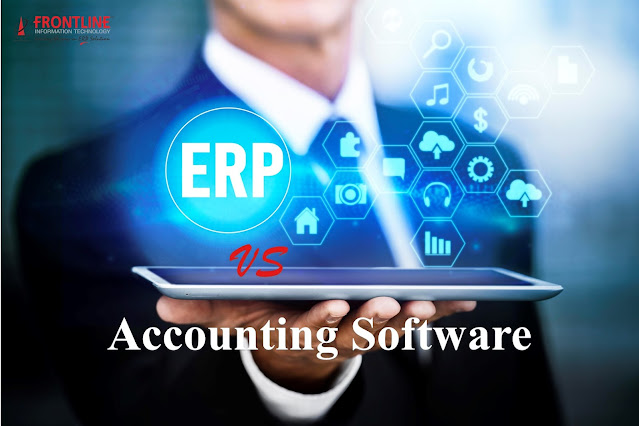Five Differences: ERP Failure vs Car Crash
Contrary to the beliefs of many, an ERP implementation is far more than a large IT project.
It affects stakeholders in every functional area, and if it fails, it has
dramatic consequences throughout an organization. With that said, an ERP failure is not unlike a car crash. Both are disasters
that leave trauma and retrospection in their wake.
Despite this, there are notable differences between a car crash and
an ERP failure that provide important lessons on mitigating risk in the ERP
implementation. Heed these lessons and it will avoid the mistakes that lead to
ERP crashes.
1.
A car crash happens suddenly.
In
most cases, car accidents occur in an instant and have little or no warning.
ERP failures are preceded by numerous red flags over the course of months or
even years. Warnings such as a lack of executive or employee buy-in,
inadequate change management and unrealistic deadlines are often
present leading up to an ERP failure. Identifying and addressing these warning
signs are integral parts of a successful ERP implementation.
2.
In most car crashes, one or
two individuals are culpable.
In
an ERP implementation, there are many parties involved that all bear part of
the responsibility for project success. Examples of parties with responsibility
in an ERP implementation include ERP vendors,
system integrators, third party consultancies, and of course, teams from the
organization itself. While the ultimate responsibility for ERP failure may lie
more with one of these stakeholders than others, being vigilant of risk arising
from one party is a duty shared by many. ERP failure is often attributable to
failures in communication between many individuals. To avoid this, always
ensure that roles and responsibilities among project stakeholders are defined
and clear, and channels of communication are established and open.
3.
Car crashes are sometimes the
result of mechanical or system failure.
A
faulty computer in a vehicle may lead to a crash (or a recall), but this is
rarely the case in ERP failures. In virtually all failed ERP projects, the
technology is not to blame. Mismanagement of ERP implementations is a far more
likely culprit than a problem with the system itself.
4.
In most car crashes,
emergency response is imminent.
In
many car crashes, help is on the way to preserve life and limb as well as to
clear the street to allow the regular flow of traffic. No such guarantees exist
in ERP failures. Coordination of recovery from an ERP failure is rarely as
efficient as emergency response to a car crash, as there is no precedent for
these situations within a given organization. This fact makes early
identification of project risk all the more critical.
5.
If another driver is at
fault, they foot the bill.
Assuming
the driver at fault has insurance, the financial consequences for a car crash
are generally born by the culpable party. This is not a sure bet in an ERP
implementation. Even if the third parties involved are contractually liable for
certain points of failure, significant financial damage is always suffered by
the organization itself. When ERP failures do lead to litigation from organizations
seeking recompense from partners who failed to deliver, damages awarded often
do not approach the true financial cost of ERP failure.
While a failed ERP implementation may have a lot in common with a
car crash, ERP failure is much more preventable. If the concerned organization
takes away one lesson it should be this: prevention is always less costly than
recovery.




Comments
Post a Comment